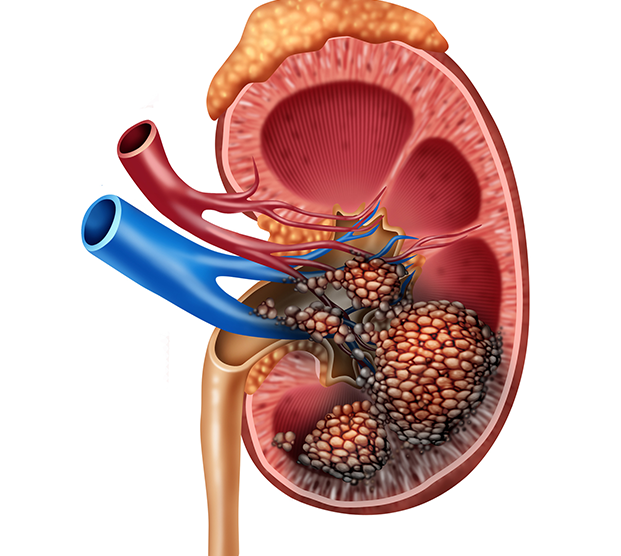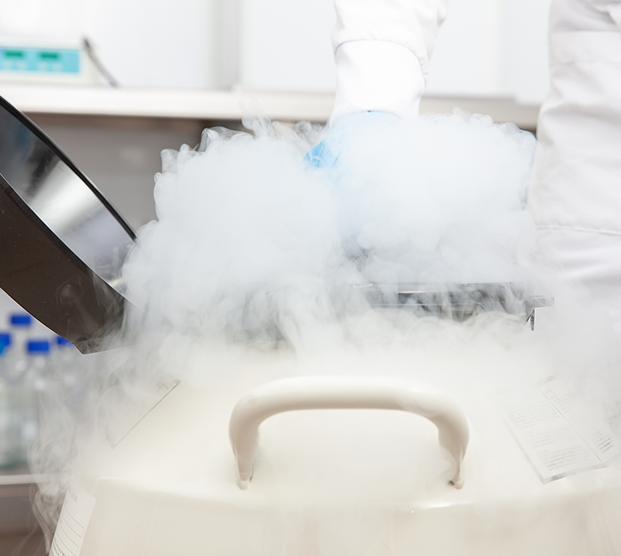Cryoablation
Home » Braving Cancer Together » Kidney Cancer » Cryoablation_1

Cryoablation is a procedure that involves applying extremely cold temperatures to cancer cells. The device used during treatment precisely targets the cancer cells and destroys them while leaving healthy cells intact. Cryoablation may be done to treat kidney cancer.
During the procedure, one or more needle-like probes, called cryoprobes, are inserted into or near the tumor. Then, extremely cold liquids or gasses, such as compressed argon gas or liquid nitrogen, are sent to cool the cryoprobes, which freeze the cancerous cells, warm them, and then freeze them again.
This treatment allows surgeons to effectively target the cancer cells without harming healthy cells. However, the procedure can be painful and comes with risks.


The Benefits of Cryoablation
Shorter recovery time compared with open surgery
Minimal bleeding and pain
Effectively kills cancer cells without harming healthy cells
Who is a Candidate for Cryoablation?
To determine if a patient is a good candidate for cryoablation, the physician will order an MRI or CT scan.
Typically, patients with stage 1A or 1B kidney cancer are good candidates for cryoablation.
The physician will consider the following factors before suggesting cryoablation for kidney cancer:
- Age and other medical conditions: Older adults or patients with other medical conditions may benefit from cryoablation.
- Size of the tumor: Cryoablation may be recommended to treat cancers that measure three centimeters or less. Though it may be possible to treat larger tumors with cryoablation, there is a higher risk of recurrence.




Kidney function: Patients with poor kidney function or only one kidney may undergo cryoablation.
Location of the tumor: It is easier to treat tumors nearer to the back of the kidney with cryoablation than those closer to the front of the kidney. However, cryoablation may still be an effective treatment option.
What to Expect During Cryoablation Treatment
Before the procedure can begin, a nurse or technician will administer a sedative to help the patient relax. Then, they will administer a local anesthetic to the treatment area. In some cases, patients may be placed under general anesthesia.
The physician will use imaging technology, such as a CT or MRI scan, to determine the exact location of the tumor and precisely target it. Then, the physician will either make an incision in the skin or use keyhole surgery.
During keyhole surgery, the surgeon will make a small cut and insert a camera called a laparoscope to ensure good visibility. The doctor will take a small sample of the tumor and then begin cryoablation. One or more cryotherapy needles will be used to freeze the cancer cells. After removing the cryoprobes, the physician will perform a CT scan.
The Recovery Process
Once the patient awakens, they will need to rest in bed for approximately four hours. After one hour, the patient may eat or drink, as long as there aren’t any immediate complications.
Patients typically go home the next day. Pain relievers may be taken for a few days to alleviate pain in the treatment area. A follow-up appointment will be scheduled for one month after the procedure.
